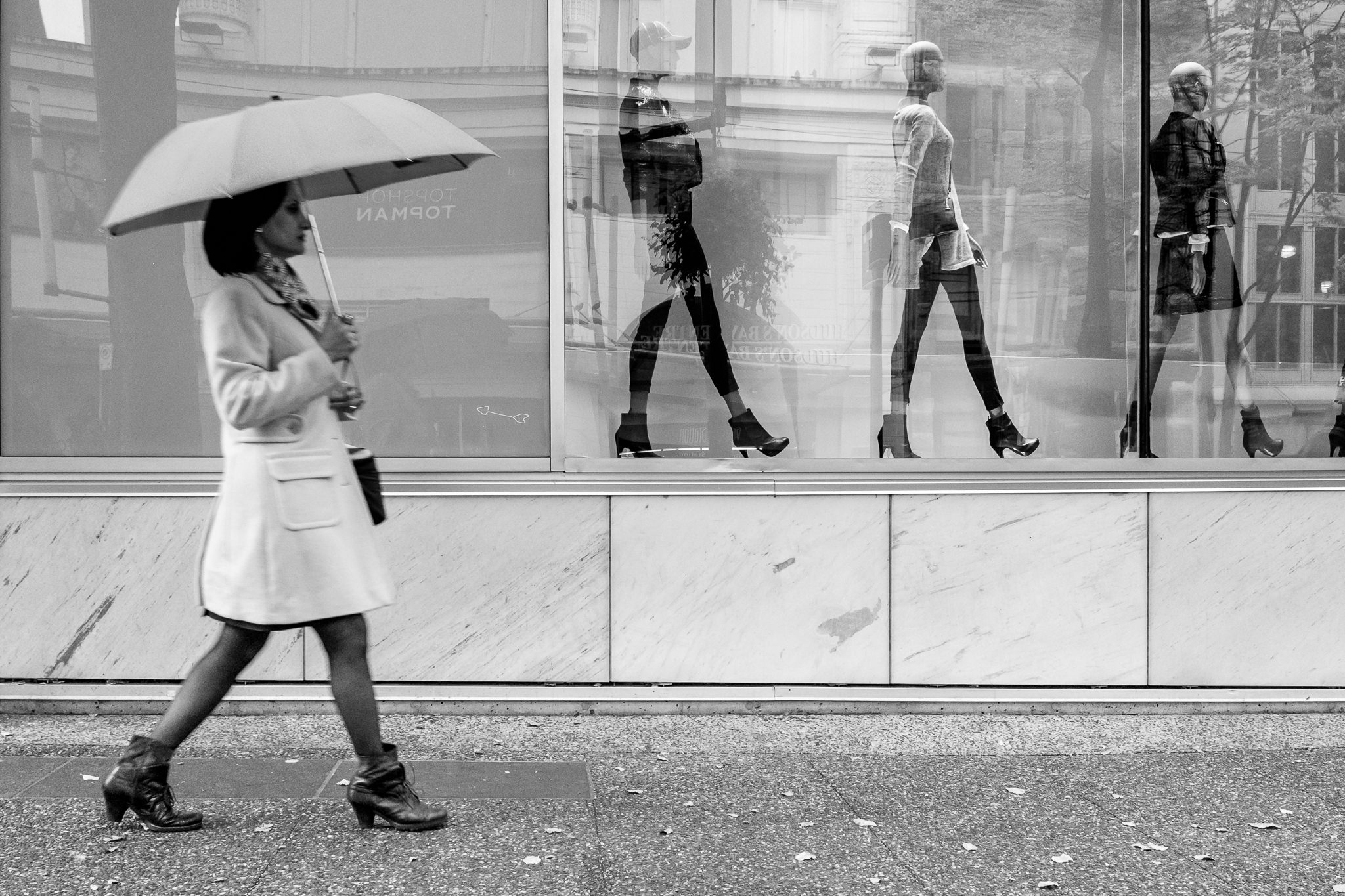Getting The Framing Streets To Work
Wiki Article
7 Simple Techniques For Framing Streets
Table of ContentsThe Basic Principles Of Framing Streets The Greatest Guide To Framing StreetsSome Ideas on Framing Streets You Should KnowThe 20-Second Trick For Framing StreetsHow Framing Streets can Save You Time, Stress, and Money.Framing Streets Can Be Fun For Everyone
Digital photography category "Crufts Canine Show 1968" by Tony Ray-Jones Road photography (also sometimes called candid photography) is photography conducted for art or questions that includes unmediated chance encounters and arbitrary cases within public places, typically with the objective of capturing images at a definitive or emotional moment by mindful framing and timing. 
, who was motivated to carry out a similar documentation of New York City. As the city created, Atget aided to advertise Parisian streets as a worthwhile subject for photography.

The smart Trick of Framing Streets That Nobody is Discussing
Martin is the first tape-recorded professional photographer to do so in London with a masked cam. Mass-Observation was a social research organisation founded in 1937 which intended to record everyday life in Britain and to videotape the responses of the 'man-in-the-street' to King Edward VIII's abdication in 1936 to wed separation Wallis Simpson, and the sequence of George VI. The chief Mass-Observationists were anthropologist Tom Harrisson in Bolton and poet Charles Madge in London, and their very first report was produced as guide "May the Twelfth: Mass-Observation Day-Surveys 1937 by over two hundred onlookers" [] Home window cleaner at Kottbusser Tor, Berlin, by Elsa Thiemann c. 1946 The post-war French Humanist College professional photographers located their topics on the street or in the restaurant. Between 1946 and 1957 Le Groupe des XV annually displayed work of this kind. Andre Kertesz. Circus, Budapest, 19 May 1920 Street digital photography formed the major content of 2 exhibitions at the Museum of Modern Art (Mo, MA) in New york city curated by Edward Steichen, 5 French Digital Photographers: Brassai; Cartier-Bresson, Doisneau, Ronis, Izis in 1951 to 1952, and Post-war European Digital Photography in 1953, which exported the idea of road digital photography globally.
Not known Facts About Framing Streets
continue reading this , after that a teacher of young children, linked with Evans in 193839.'s 1958 book,, was substantial; raw and usually out of emphasis, Frank's images questioned mainstream digital photography of the time, "challenged all the formal guidelines laid down by Henri Cartier-Bresson and Walker Evans" and "flew in the face of the wholesome pictorialism and wholehearted photojournalism of American magazines like LIFE and Time".Report this wiki page